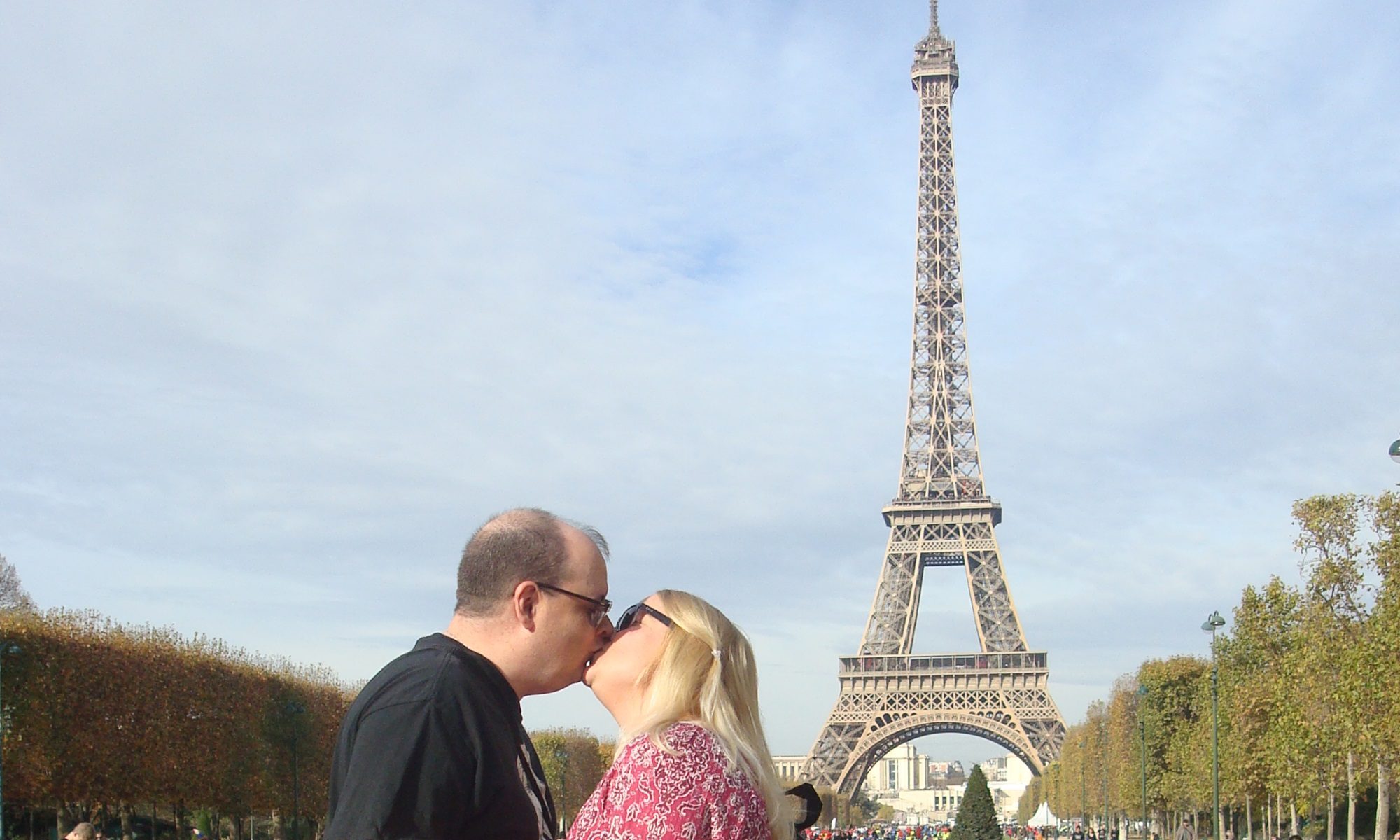Back in the Middle Ages, people had a practical way of naming streets. If the street was home to a group of businesses that sold the same thing, then the street was often named for them. Even today, centuries later, you can look at a map of the City of London and see streets with names like Ironmonger Lane, Poultry Street, Fish Street, Bread Street, Goldsmith Street or Oat Lane. As you might guess, each street was once the home to a group of merchants involved in a certain trade.
Now… would you care to guess what type of business went down on Gropecunt Lane?
It sounds like a joke, but it’s not: during medieval times, many of the streets where prostitutes gathered to peddle their “wares” were known as Gropecunt Lane.
Since spelling had yet to be standardized, there were many variations, such as Gropecunte, Gropecounte, Gropeconte, Groppecounte, or Gropekunte. But they all had one thing in common – ladies of the night plied their trade there. Such streets were almost always located near the town’s market and\or docks, and almost all were centrally located. London had multiple streets with the name, and even though it was mostly the larger cities that had such streets, smaller towns weren’t unfamiliar with the name. Small market towns like Wells, Banbury and Shrewsbury also had their own Gropecunt Lanes.



